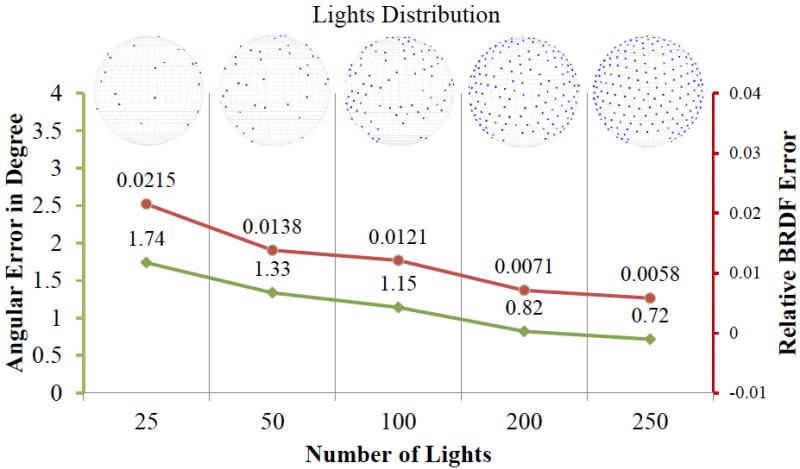Credit: Carnegie Mellon University Electrical and Computer Engineering
We are in the midst of a 3D revolution. There are a wide range of commercially available devices that are capable of sensing the 3D shape of an object and printing the shape to create a three-dimensional photocopy. As both scanning and printing technologies mature, it is widely expected that we will move from simple plastic photocopies to realistic renditions of objects that have complex visual properties.
Researchers in CMU are developing a 3D scanning technology that can capture not just the 3D shape of an object but also how each surface element on the object interacts with light. For opaque surfaces, interactions with light are well represented by the so-called bidirectional reflectance distribution function (BRDF) which characterizes how incident light on a material is distributed in various directions. The proposed technique is unique in that it estimates the BRDF at each surface element of the object in isolation which makes the technique applicable to objects which are extremely complex, visually.
The proposed idea solution relies on a simple idea: suppose we know how many commonly occurring materials interact with light, then we can try to explain the visual properties of an object with unknown composition in terms of the behavior exhibited by the commonly occurring materials. This reduces the complexity of the problem tremendously and we can both model and analyze the shape and the reflectance of the object.
We envision three applications where this would be beneficial: first, augmented reality where we want to capture realistic renditions of real world objects in real-time so as to manipulate them; second, 3D printing of visually-complex materials; and third, the digital museum projects for scanning art pieces and enabling access via the internet.
Aswin Sankaranarayanan's work was published in The 2015 International Conference on Computational Photography held in Houston, TX.























